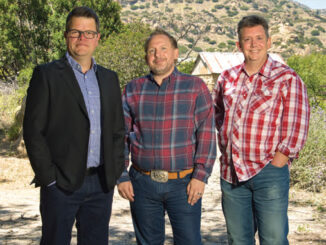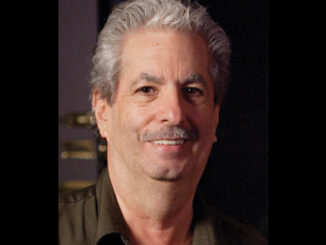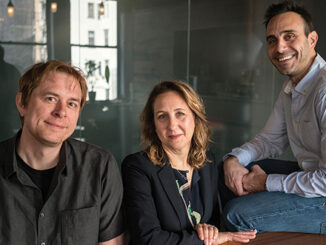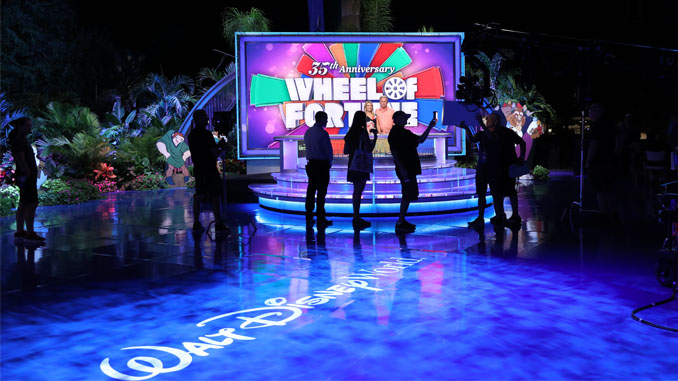
by Peter Tonguette
As a technical director specializing in entertainment events and game shows, Lucinda Margolis spends the better part of her days seated in front of television monitors. Earlier this year, however, when she and her husband moved into a new home, it took them about a month to plug in their own TV set.
“We don’t watch a lot of television because our schedules are so demanding,” Margolis says. “It’s a rare pleasure to actually sit and watch a movie. I read a lot of books, and I listen to a lot of books on tape. I’m much more of a reader than I am a television-watcher.”
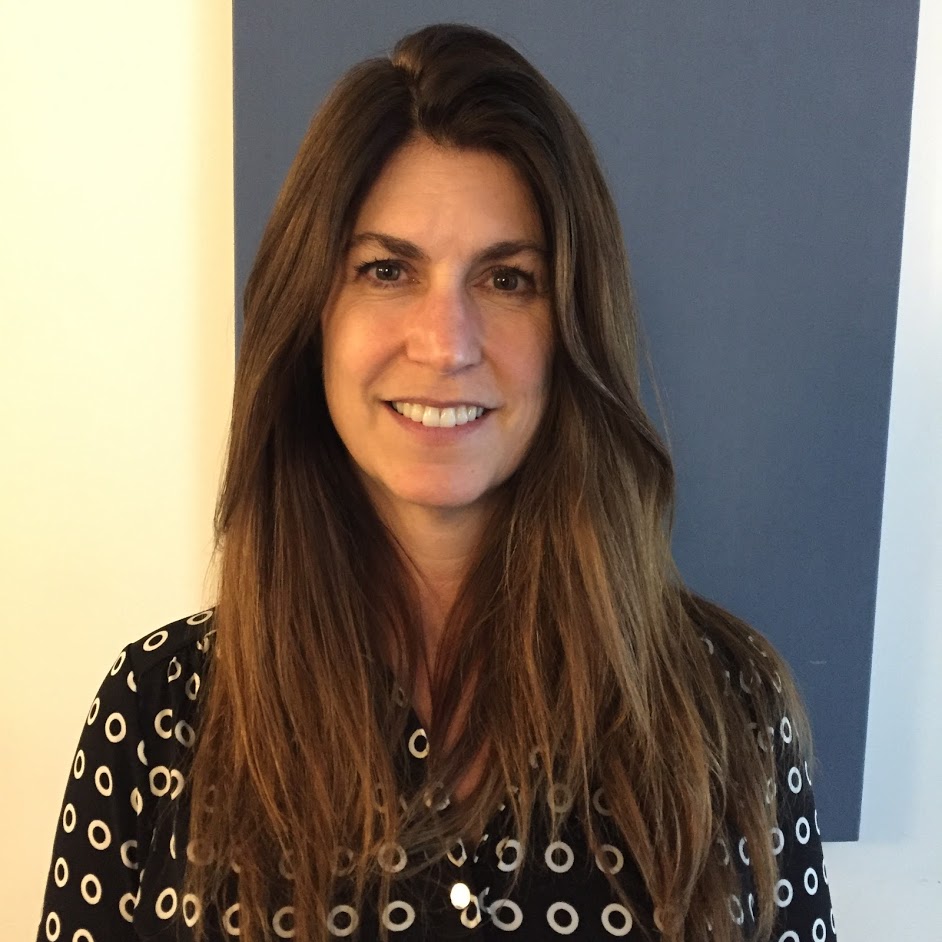
By the same token, she had tuned into the occasional episode of Wheel of Fortune (1983-persent) and Jeopardy! (1984-present), but until she began working on the syndicated game shows four seasons ago, she had never taken the time to study them carefully.
“I had seen both Wheel of Fortune and Jeopardy! because, gosh, they’ve been on for 30 years,” says Margolis, who credits Wheel of Fortune director Robert Ennis — a former technical director himself — for bringing her up to speed on the inner workings of the show.
“Thank God for YouTube,” she comments. “We put it on an iPad and played it over and over again. We basically rehearsed and cut the show to him calling it live and our playing it back from a previous show. We just practiced it over and over again, so the first day when I came in and sat down, the butterflies were down a little bit.”
A native of Las Vegas, Margolis has been working in broadcasting since she was a teenager. While a freshman in high school, she was in search of an elective course to take and stumbled upon the student television studio. “I was thinking photography, but I didn’t own a camera,” she says. “I wandered down the hall and the television studio had its own equipment. I thought, ‘I could do this.’ The technical stuff looked interesting to me.”
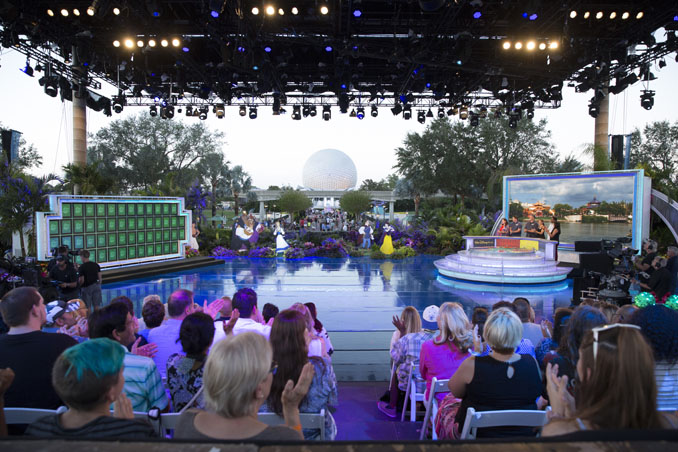
A job in radio followed. “I got my FCC third-class license when I was 14 and got a little job as a radio DJ at an automated station that played tapes in the middle of the night,” Margolis remembers. “I had friends who were basically working in the cafeteria making fries, but I thought, ‘I have a job at a radio station.’”
When she was 18, the future TD found employment at a then-independent station in Henderson, Nevada, KVVU-TV. “I got a midnight to 8:00 a.m. job because nobody wanted to work that shift,” she recalls, but because of the small size of the station — and the late hour of the shift — the teenager learned the business.
“I ran almost everything,” she recalls. “I would make commercials, do promos and load tapes. We would do a live morning talk show out of there every day. I ended up being a director there.”
Two years later, Margolis moved onto KLAS-TV in Las Vegas, where she technical directed news programming. “It was small enough where you could actually hire a kid my age and have them do something because it wasn’t so high pressure,” she says, adding that the age of the station’s outdated equipment proved to be a plus. “It was difficult to figure out, so it kind of gave me a great base to keep learning more and more equipment. I don’t know how many different switchers in my life that I’ve been on, but once you learn a little bit about one, it applies to the next one.”
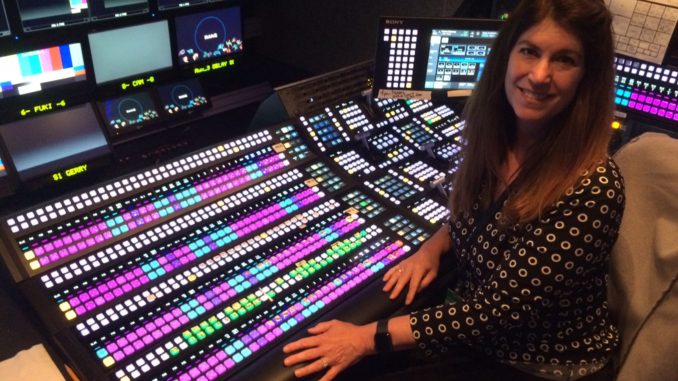
Following a nearly decade-long tenure at KLAS, Margolis hopscotched between stations in Texas and Nevada before receiving an offer to technical direct sports programming — which she had begun to do on a freelance basis — at the now-defunct NMT (National Mobile Television) in Los Angeles. “A director asked me if I wanted to come to Los Angeles to do volleyball and I said, ‘Sure!’” she reveals. “I started traveling basically every weekend after that day to do various events: baseball and basketball and football.” The technical director moved to southern California in 1996.
In preparing for the assignments, Margolis took time to learn the intricacies of each sport and the ways in which they were shown on television. “I’d never done a baseball game in my life,” she concedes. “I sat and I would look… You can tell there’s a camera up at high home, there’s a camera out in center field, there are some low ones. I would watch the elements, memorize them, see how many layers there were and then diagram it out.”
The skill proved useful when transitioned from sports events to game shows, an opportunity that came about after meeting director Ennis through freelance work she did for Sony; Margolis teaches switchers to TDs at stations and facilities across the country. “He was at that point the technical director of Wheel of Fortune and Jeopardy!, so when he moved up to become the director of Wheel of Fortune, he asked me to technical direct for him.”
One of the challenges of technical directing game shows, Margolis says, is to juggle game elements without revealing material meant to be kept secret from those in the studio, including the contestants and the audience. “When you’re programming and you’re trying to do certain effects, everything has to be blacked-off to the studio,” she comments. “That really adds a lot of complexity to any kind of programming you’re doing on a game show.”
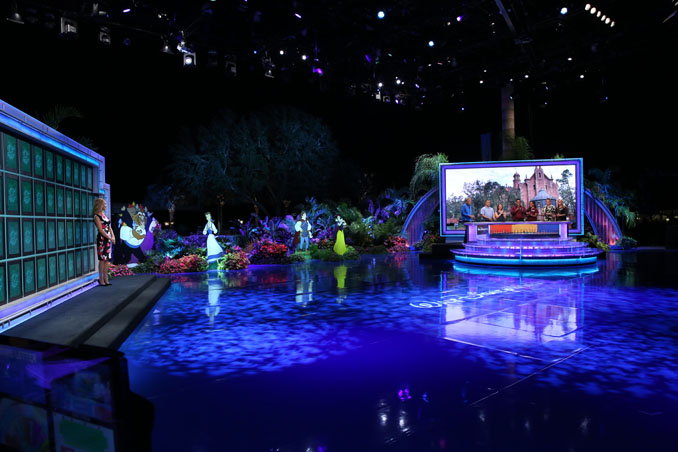
Despite sharing personnel with Jeopardy!, Margolis says that Wheel of Fortune is the more demanding series to work on. “Jeopardy! doesn’t change much,” she observes. “I have effects that blow out of the board, and I cut the cameras. It’s pretty quick.” By contrast, Wheel of Fortune airs themed shows that require different set elements and reworked graphics. “Wheel literally will change between the Thursday and the Friday tapings,” she explains. “We go from doing a Thanksgiving show to doing a Disney show. There is a lot more programming and a lot more layers in Wheel.”
Normally, both series are taped on their own sets at Sony Pictures Studios in Culver City, California. However, when Wheel of Fortune is taped at a remote location, that show’s level of complexity is increased. For example, the series’ eight cameras — including a camera showing a four-shot with all three contestants and host Pat Sajak; a Techno-Jib-supported camera that flies across the set; and a camera locked down on the show’s spinning wheel — increase in number when on location.
Such was the case in October 2017, when Margolis technical directed Wheel of Fortune at the Epcot theme park at Walt Disney World in Florida. “It was a big deal,” she stresses. “We had 12 cameras. We had four pedestal cameras, a Techno-Jib, a Steadicam and a couple of remote cameras. We added another downstage-right camera and another front-of-house camera.”
Before she could cut between angles, of course, the cast, crew and contestants had to make their way to Florida. “I think 125 or 130 people traveled to Epcot,” Margolis says. “Every day that I came to work for a while, there was another humongous truck being loaded. They take everything. We have the exact same set duplicated for the road. The offices, the editors, the makeup department, the contestant department — everybody goes [on location], so it’s just this huge road show. It’s almost like a circus.”
At Sony, Margolis works from a booth on the set, but on location at Epcot, she worked from a truck on a lot that was “nowhere near the stage.” “If you just want to go out and see how something is going, it’s harder to have physical access to the stage,” she says. “The fiber runs are amazing. Our truck was very, very far away from the location of the stage.”
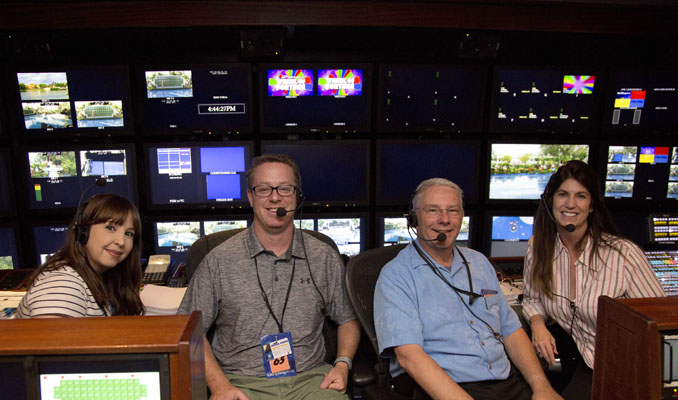
Equally challenging were variances in the switcher and other equipment. “It’s a different brand, so it’s a completely different build and nothing could be just brought on the disc and imported,” the TD explains. “Everything had to be rebuilt within two days,” including graphics representing tosses, spins, express rounds and bonus rounds. “Every one of them has an effect.”
Three sets of shows were taped: one to air around Christmas, a second pegged to Valentine’s Day and a third that was Disney-themed. For Margolis, however, the differing graphics were what distinguished the episodes. “As a technical director, I just looked at it as I needed to build effects that had Christmas graphics; I needed effects that had hearts; and I needed to make effects that had Tinker Bells,” she comments. “From my point view, it was the elements.”
Each night on the outdoor stage, five shows were taped, beginning around 7:00 p.m. — close to sunset. However, three of the evening’s five shows had to be wrapped up by 9:00 p.m. “Epcot has fireworks that go off at 9:00, Margolis explains. “We had to be done and be completely dark. The stage couldn’t have any lights on it.” After the fireworks, a second audience was loaded and the evening’s final two shows were taped. “You’re basically trying to work around everything that the park needs to do — because the park is open the whole time.”
The novelty of working outside of the confines of the studio is Margolis’ most lasting memory of her week at the Magic Kingdom. Not to mention the Disney-fanatic contestants. For the Valentine’s Day episodes, married couples were chosen as contestants. “Most of them had gone to Disney for their honeymoons,” Margolis remembers. “It was just adorable. They were really big Disney fans.”



